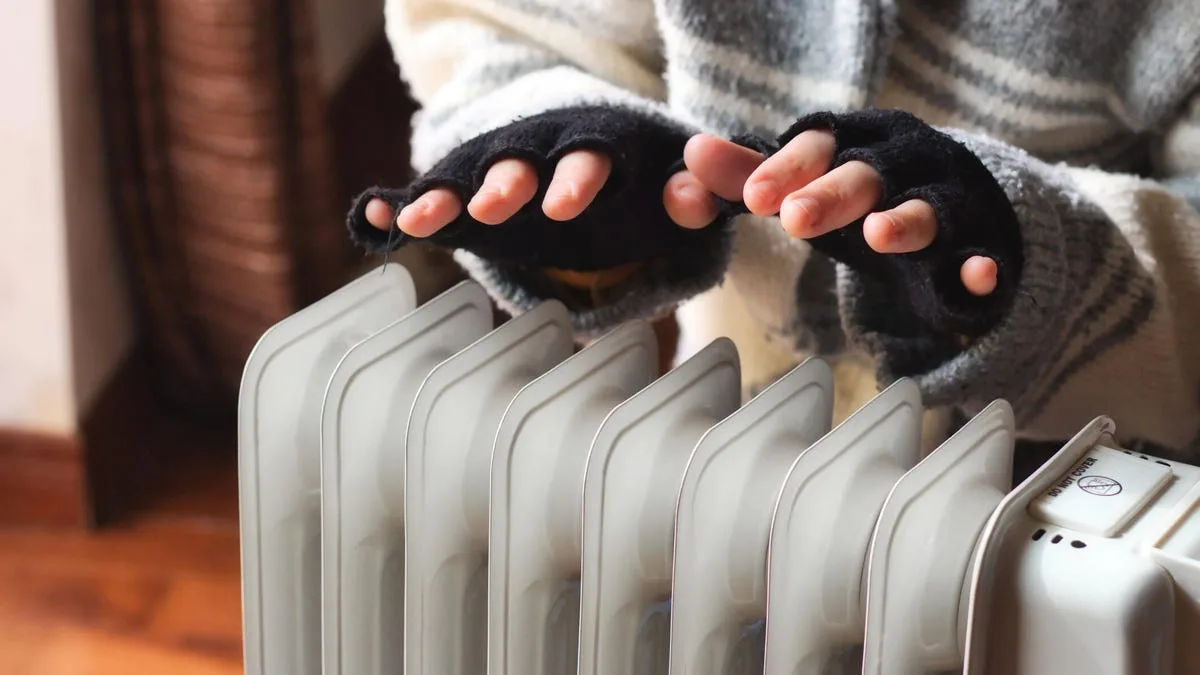Why Your Home Heating Costs Might Be Lower This Winter
You might end up spending less to keep your home warm this winter, according to a US government forecast. The trends vary depending on what part of the US you live in and how you heat your home, according to the US Energy Information Administration’s Winter Fuels Outlook.
The most positive news in the forecast is for those who use natural gas to heat their homes — about 46% of US households. The EIA expects natural gas prices to be significantly lower this winter compared with last winter, and the average household spending on heating with natural gas is estimated to be about $600. That’s an improvement in natural gas prices, which have risen significantly since 2020.
Two different broad factors, each with its own complicated backstory, determine how much you pay to heat your home. The first is how much energy you use, and the second is how much that energy costs. The big drivers behind this forecast, especially for natural gas, are on the supply side — the price of energy. “This winter we expect natural gas prices for residential consumers to be down more than 20% from last winter, so that’s a big drop,” DeCarolis said.
The cost of heating homes with electricity — the primary heating source for about 41% of American households, and the most common in the South — is expected to drop a little bit. Much of that is also driven by the cost of natural gas, which is used to generate a significant portion of the country’s electricity.
The other major factor is how much energy you use to heat your home. While that can vary significantly from one individual home to another, national and regional trends are generally caused by the weather. If it’s colder, you’ll use more energy. If it’s warmer, you’ll use less.
Like all efforts at predicting the future, this forecast is just an educated guess. On the weather side, the biggest risk is the aforementioned El Niño, a natural and recurring weather phenomenon of warmer than normal surface temperatures in parts of the Pacific Ocean.
The EIA’s forecast, based on different weather data using 30-year trends in heating degree days, didn’t take El Niño into account.
Here are a few ways to watch your own spending:
- Watch your thermostat
- Improve your energy efficiency
- Consider going electric and solar
Source: Why Your Home Heating Costs Might Be Lower This Winter – CNET







